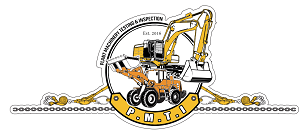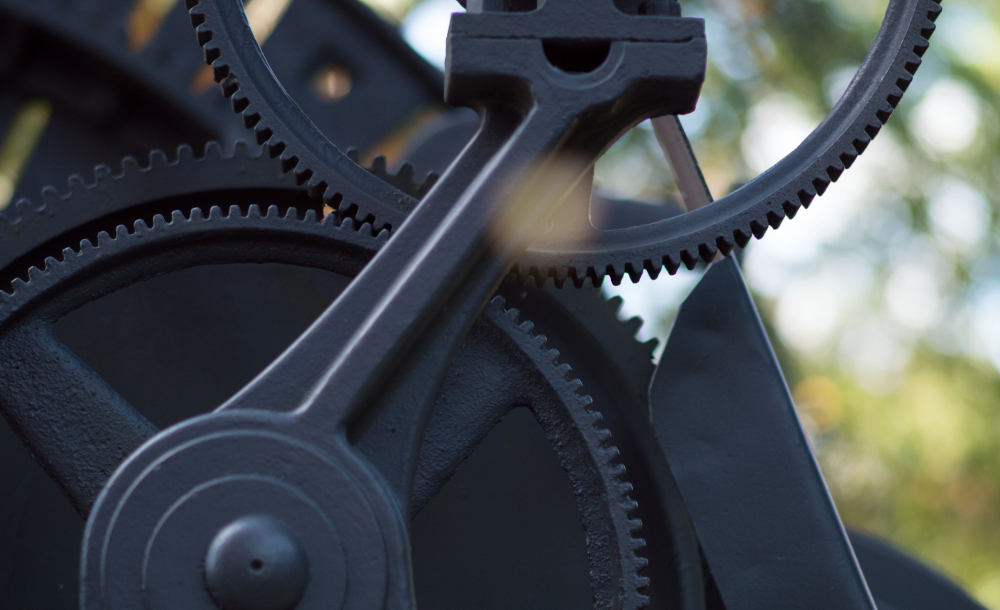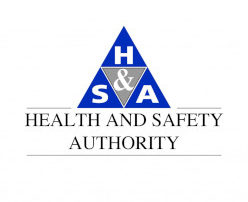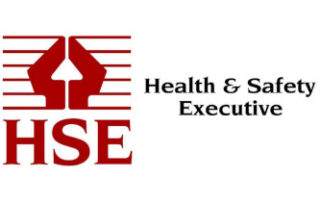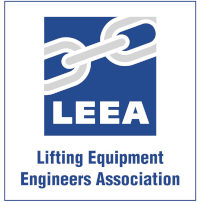General Application (GA) Regulations Lifting Equipment
(Summary Only)
Summary of regulations only. Do not rely on this information as being complete, accurate or up-to-date.
Regulation 42: Work equipment for lifting loads
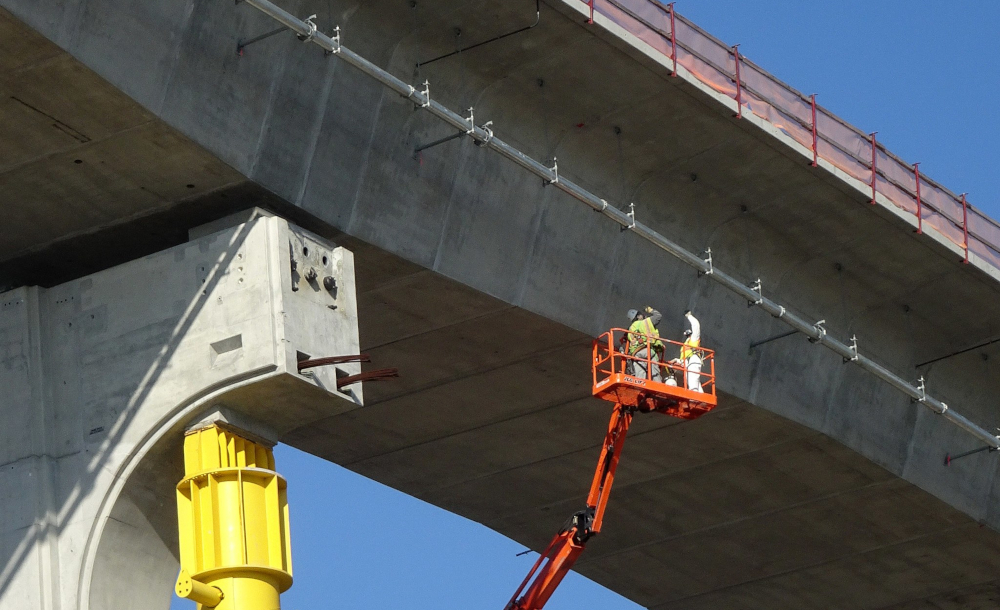
An employer shall ensure that—
(a) all lifting operations are properly planned, appropriately supervised and carried out to protect the safety of employees,
(b) when work equipment for lifting loads is installed permanently, its strength and stability during use is assured, having regard to the loads to
be lifted and the stress induced at the mounting or fixing points of the
structure,
(c) lifting equipment designed for low frequency use is not installed where its anticipated use will render the equipment unsuitable,
(d) machinery for lifting loads is clearly marked to indicate its safe working load, and where appropriate the safe working load for each configuration of the machinery,
(e) work equipment which is not designed for lifting persons is appropriately and clearly marked to this effect,
(f) every drum or pulley round which the chain or wire rope of any lifting equipment is carried is of suitable diameter and construction for the chain or rope used,
(g) every chain or rope which terminates at the winding drum of any lifting equipment is properly secured thereto and at least two turns of such chains or rope remain on such drum in every operating position of the equipment,
(h) permanently installed work equipment is installed in such a way as to reduce the risk of the load—
(i) striking employees,
(ii) drifting dangerously or falling freely, and
(iii) being released unintentionally,
(i) work equipment which is mobile or can be dismantled and which is designed for lifting loads is used in such a way as to ensure the stability of the work equipment during use under all foreseeable conditions, taking into account the nature of the ground,
(j) lifting equipment is not used beyond its safe working load except when being tested under the direction of a competent person,
(k) unless required for the effective operation of the work, measures are taken to ensure that employees are not present under suspended loads,
(l) loads are not moved above unprotected workplaces usually occupied by employees, and
(m) if the hazards referred to in paragraphs (k) and (l) cannot be avoided, appropriate procedures are laid down and applied where work cannot be carried out properly any other way.
Regulation 43: Cranes
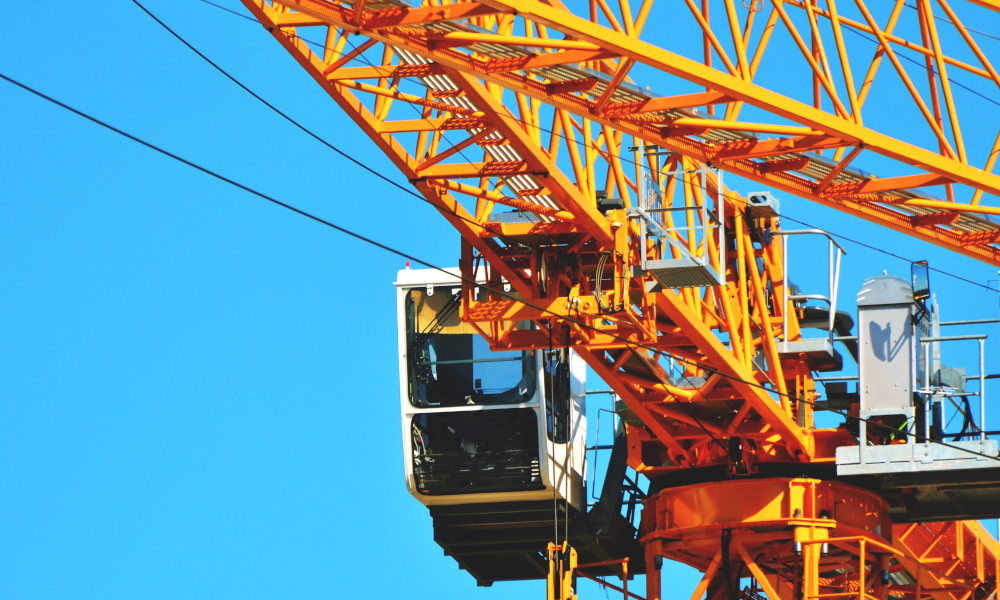
(1) An employer shall ensure that, without prejudice to Regulations 42 and 45,
(a) every crane of variable operating radius, before it is taken into use—
(i) has plainly marked upon it or within the cab the safe working load at various radii of the jib, trolley or crab, and in the case of a crane with a derricking jib, the maximum radius at which the jib may be worked,
(ii) is fitted with a suitable accurate automatic safe load indicator or rated capacity indicator, clearly visible to the driver showing at any time the radius of the jib, trolley or crab and the safe working load corresponding to that radius unless–
(I) it is a guy derrick crane (being a crane of which the mast is held upright solely by means of ropes with the necessary fittings and tightening screws),
(II) it is a hand crane which is being solely used for erecting or dismantling another crane, or
(III) it has been assigned by a competent person a safe working load of 1,000 kg or less, and
(iii) has an automatic safe load indicator or rated capacity indicator, if required under subparagraph (ii), which is—
(I) properly maintained,
(II) correctly used, and
(III) tested by a competent person after erection, installation or alteration of the crane for the purpose of any work before the crane is taken into use or returned to use as the case may be,
(b) in the case of a crane which is on occasion dismantled or partially dismantled any jib or boom which is separated from the crane in dismantling is clearly marked so as to indicate the crane of which it is a part,
(c) cranes with derricking jibs are provided with—
(i) such means as will minimise the risk of the accidental raising or lowering of the jib,
and
(ii) a jib that does not exceed the maximum radius specified by the manufacturer, or by a competent person in a report pursuant to Regulation 53,
(d) a crane travelling on rails is provided with deflector plates to remove from the rails any loose material likely to cause danger,
(e) where the safety of work equipment depends on the installation conditions on a construction site—
(i) after each assembly of a tower crane or after any adjustment to any member which may affect the strength or stability of the crane, and before it is put into use, it is subject to a static test with a test coefficient of 1.25 and a dynamic test with a test coefficient of 1.1, taking account of any direction from the machine manufacturer, and
(ii) where the stability of a crane is secured by means of removable weights, a diagram or notice indicating the amount and position of such weights is affixed on the crane so that it can be readily seen and each such removable weight is clearly marked with its correct weight, and
(f) notwithstanding any other provisions of this Chapter, lifting equipment used on a construction site is examined weekly by the user as regards features related to its safe working and a record of the results is kept in a suitable form which is kept available for inspection by an inspector for 3 months from the date of examination.
At vero eos et accusamus et iusto odio dignissimos ducimus qui blanditiis praesentium voluptatum deleniti atque corrupti quos dolores et quas molestias excepturi sint occaecati cupiditate non provident, similique sunt in culpa qui officia deserunt mollitia animi, id est laborum et dolorum fuga. Et harum quidem rerum facilis est et expedita distinctio.
Nam libero tempore, cum soluta nobis est eligendi optio cumque nihil impedit quo minus id quod maxime placeat facere possimus, omnis voluptas assumenda est, omnis dolor repellendus. Temporibus autem quibusdam et aut officiis debitis aut rerum necessitatibus saepe eveniet ut et voluptates repudiandae sint et molestiae non recusandae. Itaque earum rerum hic tenetur a sapiente delectus, ut aut reiciendis voluptatibus maiores alias consequatur aut.
Regulation 45: Work equipment for lifting goods or persons
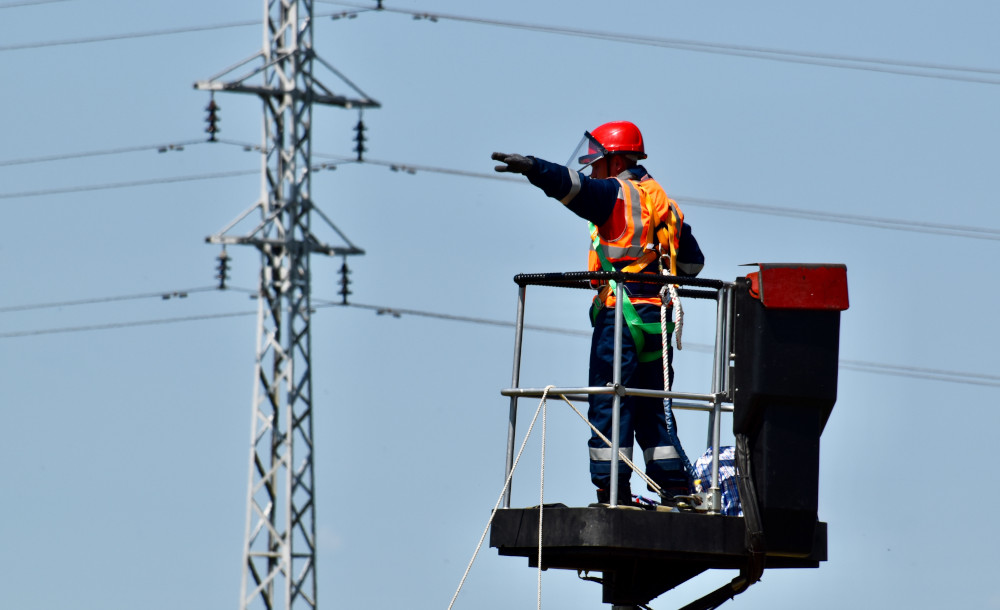
An employer shall ensure that—
(a) persons may be lifted only by means of work equipment and accessories suitable for this purpose, and
(b) work equipment for lifting or moving persons or for lifting goods is, where applicable, provided such as to—
(i) prevent the risk of the carrier falling, where one exists, by the use of suitable devices,
(ii) prevent the risk of the user falling from the carrier, where one exists,
(iii) prevent the risk of persons being crushed, trapped or struck, in particular through inadvertent contact with objects,
(iv) where the carrier has a roof, be equipped with a suitable inspection control station and stopping device,
(v) where, in respect of a carrier with a roof, a hazard exists by virtue of the free distance in the horizontal plane beyond and perpendicular to the carrier’s outer edge exceeding 0.30 m, measures to address the hazard, and
(vi) ensure that persons trapped in the carrier in the event of an incident are not exposed to danger, can raise the alarm and can be freed, and
(c) where, for reasons inherent in the site and height differences, the risks referred to in subparagraph (b)(i) cannot be avoided by other safety measures, an enhanced safety coefficient suspension rope is installed and checked every working day.
Regulation 46: Hoists and lifts
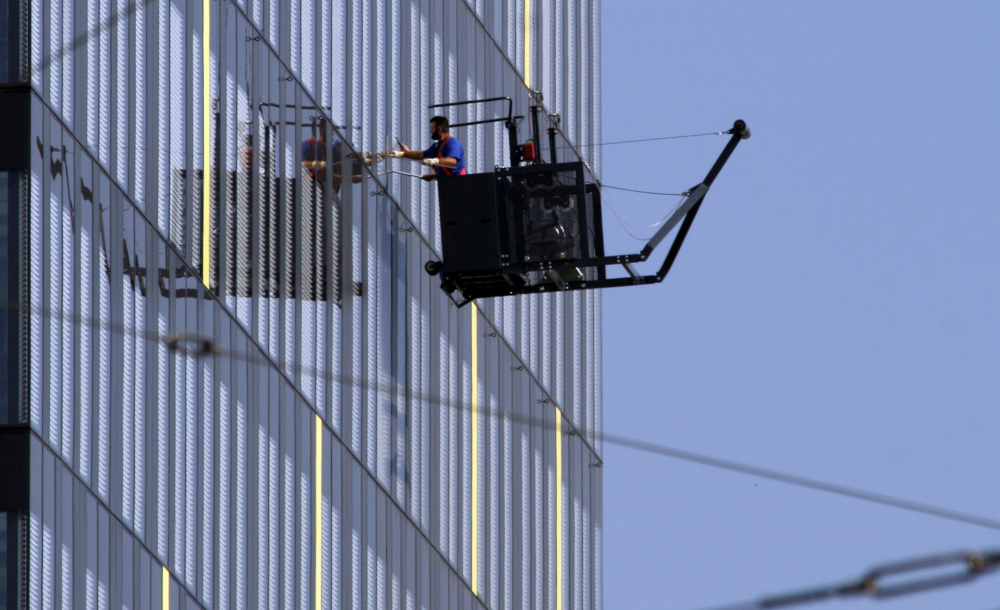
(1) Without prejudice to Regulations 42 and 45, this Regulation applies to a hoist, lift, hoistway or liftway subject to the conditional exemptions under Part A of
Schedule 1.
(2) An employer shall ensure that—
(a) every hoistway or liftway is efficiently protected by a substantial enclosure fitted with gates so as to prevent, when the gates are shut,
(i) any person falling down the way, or
(ii) coming into contact with any moving part of the hoist or lift,
(b) any gate referred to in subparagraph (a) is fitted with efficient interlocking or other devices to ensure that the gate cannot be opened except when the carrier is at the landing and that the carrier cannot be moved away from the landing until the gate is closed,
(c) every hoist or lift and every such enclosure as is referred to in subparagraph (a) is constructed so as to prevent any part of any person or any goods carried in the hoist or lift being trapped between—
(i) any part of the hoist or lift and any fixed structure, or
(ii) between the counterbalance weight and any other moving part of the hoist or lift,
(d) efficient devices which will support the carrier together with its safe working load in the event of failure of the hoisting system are provided and maintained, where practicable, in connection with every hoist or lift,
(e) efficient automatic devices are provided and maintained in connection with every hoist or lift which will ensure that the carrier does not overrun the highest point set for its intended travel,
(f) every hoist or lift is installed so that it can be operated at any one time only from one position and is not operated from the carrier unless the requirements of subparagraph (h) are complied with,
(g) the carrier bears an easily visible plate clearly showing the rated load in kilograms and, if applicable, the maximum number of passengers which may be carried, and
(h) in the case of hoists and lifts used for carrying persons, whether together with goods or otherwise,
(i) efficient automatic devices are provided and maintained to prevent the carrier overrunning,
(ii) every carrier on each side from which access is afforded to a landing is fitted with a gate and, in connection with every such gate, efficient devices are provided to secure that, when persons or goods are in the carrier, the carrier cannot be raised or lowered unless the gate is closed and comes to rest when the gate is opened,
(iii) in the case of a hoist or lift where the carrier is suspended by rope or chain, there are at least two ropes or chains separately connected to the carrier, each rope or chain and its attachments being capable of carrying the whole weight of the carrier and its maximum working load,
(iv) efficient devices are provided and maintained which will support the carrier with its maximum working load in the event of a breakage of the ropes or chains or any of their attachments, and
(v) suitable efficient automatic devices are provided which will ensure that the carrier comes to rest at a point above the lowest point to which the carrier can travel.
(3) This Regulation applies to a hoist, lift, hoistway or liftway, subject to the conditional exemptions under Part A of Schedule 1, and any reference to a gate includes reference to a door where the context so requires.
(4) An employer shall ensure that hoists or lifts or hoistways or liftways of a class or description specified in Part A of Schedule 1 are subject to the conditions set out therein
Regulation 47: Winch-operated hoists and lifts
An employer shall ensure that—
(a) where a hoist or lift is operated by means of a winch, the winch is so constructed that the brake is applied when the control device is not held in the operating position, and
(b) a hoist is not operated by a winch where it is fitted with a pawl and ratchet gear on which the pawl has to be disengaged before the carrier can be lowered.
Regulation 48: Conditions regarding lifting of persons
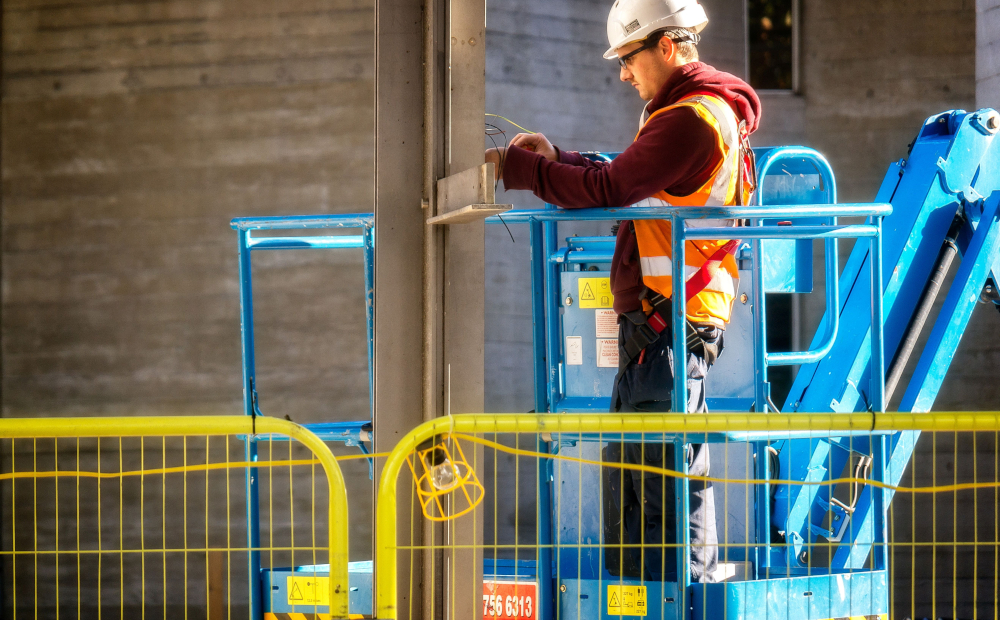
(1) An employer shall ensure that work equipment not specifically designed for the purpose of lifting persons is not used to this effect other than in exceptional circumstances and subject to the following conditions:
(a) appropriate action including adequate supervision is taken to ensure safety;
(b) while employees are on work equipment designed for lifting loads, the control position is manned at all times;
(c) persons being lifted have reliable means of communication;
(d) in the event of danger, there is reliable means of evacuating persons from lifting equipment;
(e) the ground underneath the equipment is even and reasonably flat;
(f) the equipment is stable under all circumstances;
(g) persons in a nonintegrated cage or basket cannot reach the controls or other dangerous parts of the lifting machine;
(h) the cage/basket is properly secured to the lifting machine;
(i) the total load is less than half the rated capacity of the lifting equipment;
(j) the lifting equipment has a capacity not less than 1,000 kg unless its manufacturer indicates that the machine is suitable for such use;
(k) hydraulically-operated machines are fitted with check valves on the hydraulic lifting cylinders, or some other suitable device, to prevent a gravity fall of the load in the event of a hydraulic failure.
(2) An employer shall ensure that lifting equipment with provision for free fall is not used to lift persons.
Regulation 49: Lifting accessories
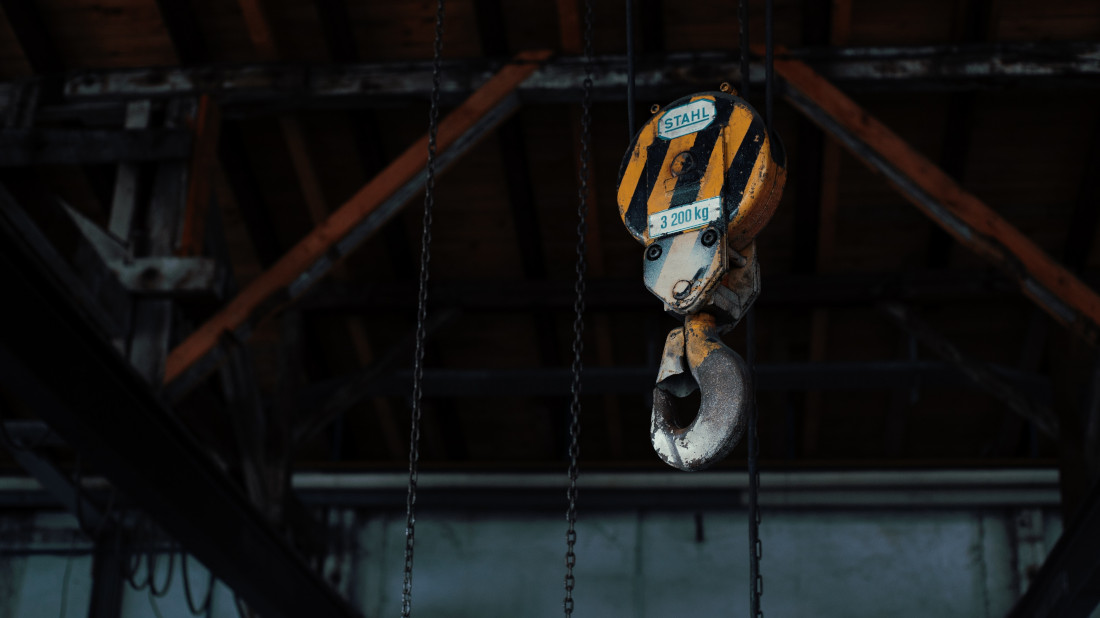
An employer shall ensure that—
(a) lifting accessories are selected as a function of the loads to be handled, gripping points, attachment tackle and the atmospheric conditions, having regard to the mode and configuration of slinging,
(b) lifting accessories are stored in a way that ensures that they will not be damaged or degraded, and
(c) lifting accessories are marked in such a way that it is possible to identify the characteristics essential for safe use, having regard to Regulation 57.
Regulation 50: Work Equipment for lifting non-guided loads
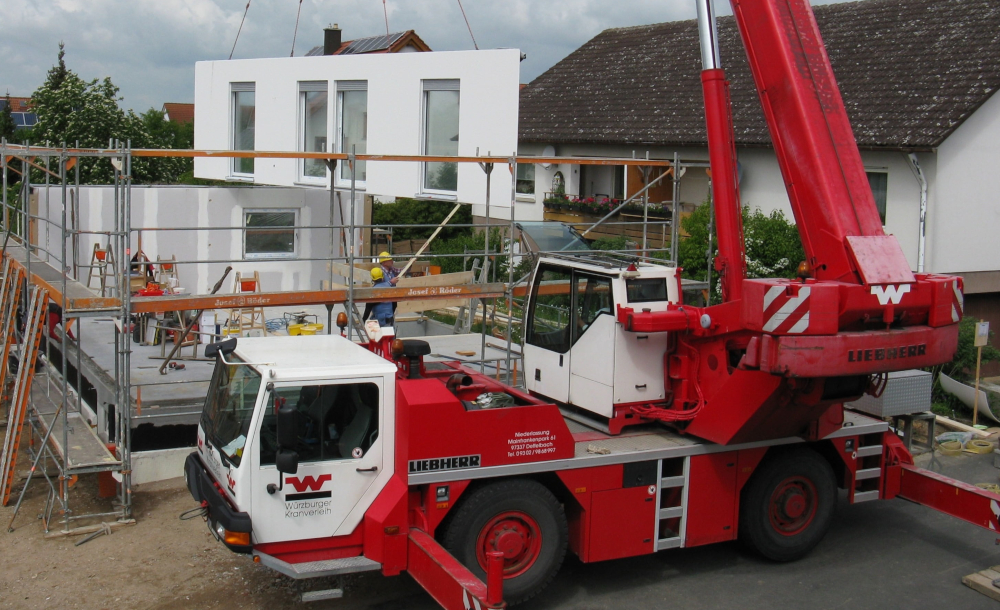
An employer shall ensure that—
(a) when two or more items of work equipment used for lifting non-guided loads are installed or erected on a site in such a way that their working radii overlap, appropriate measures are taken to avoid collision between loads or the work equipment parts themselves, or both,
(b) when using mobile work equipment for lifting non-guided loads,
(i) measures are taken to prevent the equipment from tilting, overturning or, if necessary, moving or slipping, and
(ii) checks are made to ensure that the measures are executed properly,
(c) if the operator of work equipment designed for lifting non-guided loads cannot observe the full path of the load either directly or by means of auxiliary equipment providing the necessary information,
(i) a competent person is in communication with the operator to guide him or her, and
(ii) organisational measures are taken to prevent collisions of the load which could endanger employees,
(d) work is organised in such a way that, when an employee is attaching or detaching a load by hand, it can be done safely, in particular through the employee retaining direct or indirect control of the work equipment,
(e) if a load has to be lifted by two or more pieces of work equipment for lifting non-guided loads simultaneously, a procedure is established and applied to ensure good co-ordination on the part of the operators,
(f) if work equipment designed for lifting non-guided loads cannot maintain its hold on the load in the event of a complete or partial power failure, appropriate measures are taken to avoid exposing employees to any resultant risks,
(g) suspended loads are not left without surveillance unless access to the danger zone is prevented and the load has been safely suspended and is safely held,
(h) open air use of work equipment designed for lifting non-guided loads is halted when meteorological conditions deteriorate to the point of jeopardising the safe use of the equipment and exposing employees to risks, and
(i) adequate protection measures, in particular to avoid work equipment turning over, are taken to avoid any risks to employees.
Regulation 44: Support of lifting equipment
An employer shall ensure that every platform or support, whether fixed or mobile, upon or from which lifting equipment is mounted or supported is suitable for the purpose.
